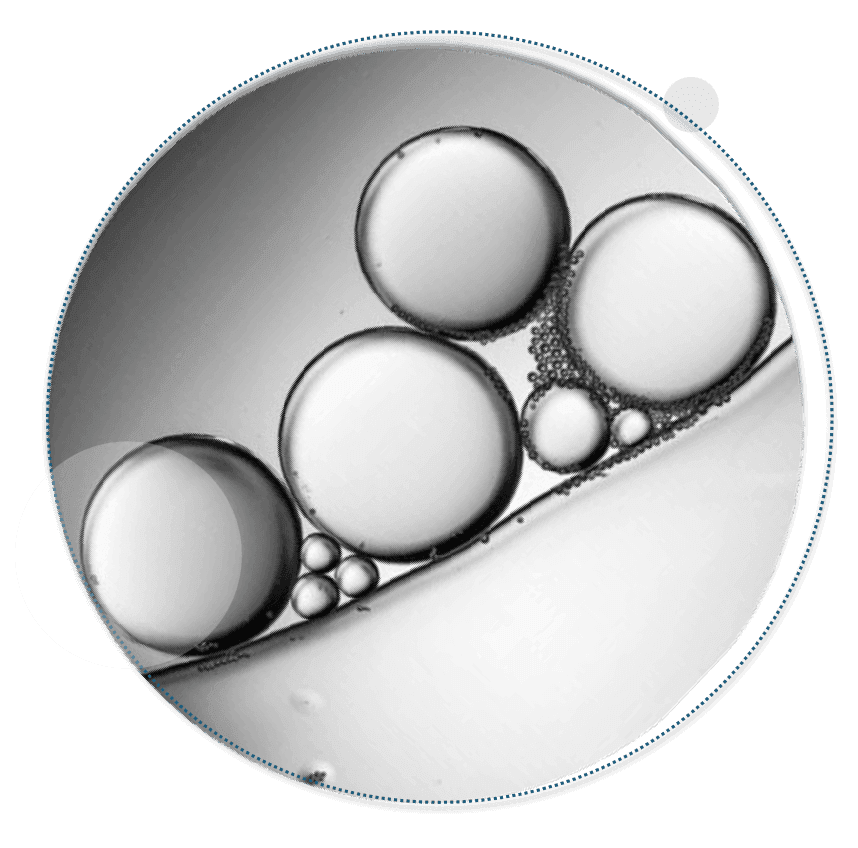
VORTA for treating Emulsions
Emulsions are mixtures of two immiscible phases and are widely used in various industries, including food, cosmetics, pharmaceuticals, and paints. They allow for combination of immiscible substances and provide stability, improved texture, and controlled release of ingredients.





Processing
oil-in-water emulsions can
be challenging
One of the main challenges in processing oil-in-water emulsions is maintaining their stability. Emulsions are inherently unstable, and over time, the oil droplets may coalesce and separate from the water.
Oil-in-water emulsions can have high viscosity, making them difficult to process. High viscosity can lead to clogging of equipment and reduced throughput, requiring additional processing time and energy.
Separating the oil and water phases after processing can be challenging, particularly when the droplet size is small. This is important for applications where the oil needs to be recovered, such as in the food or pharmaceutical industries.
Oil-in-water emulsions can also lead to fouling of processing equipment due to the deposition of oil droplets on surfaces. This can reduce the efficiency of equipment and increase maintenance costs
Ensuring consistent product quality can be a challenge when processing oil-in-water emulsions due to the complex nature of the mixture. Variation in droplet size, composition, and stability can impact product properties such as texture, appearance, and shelf life.


